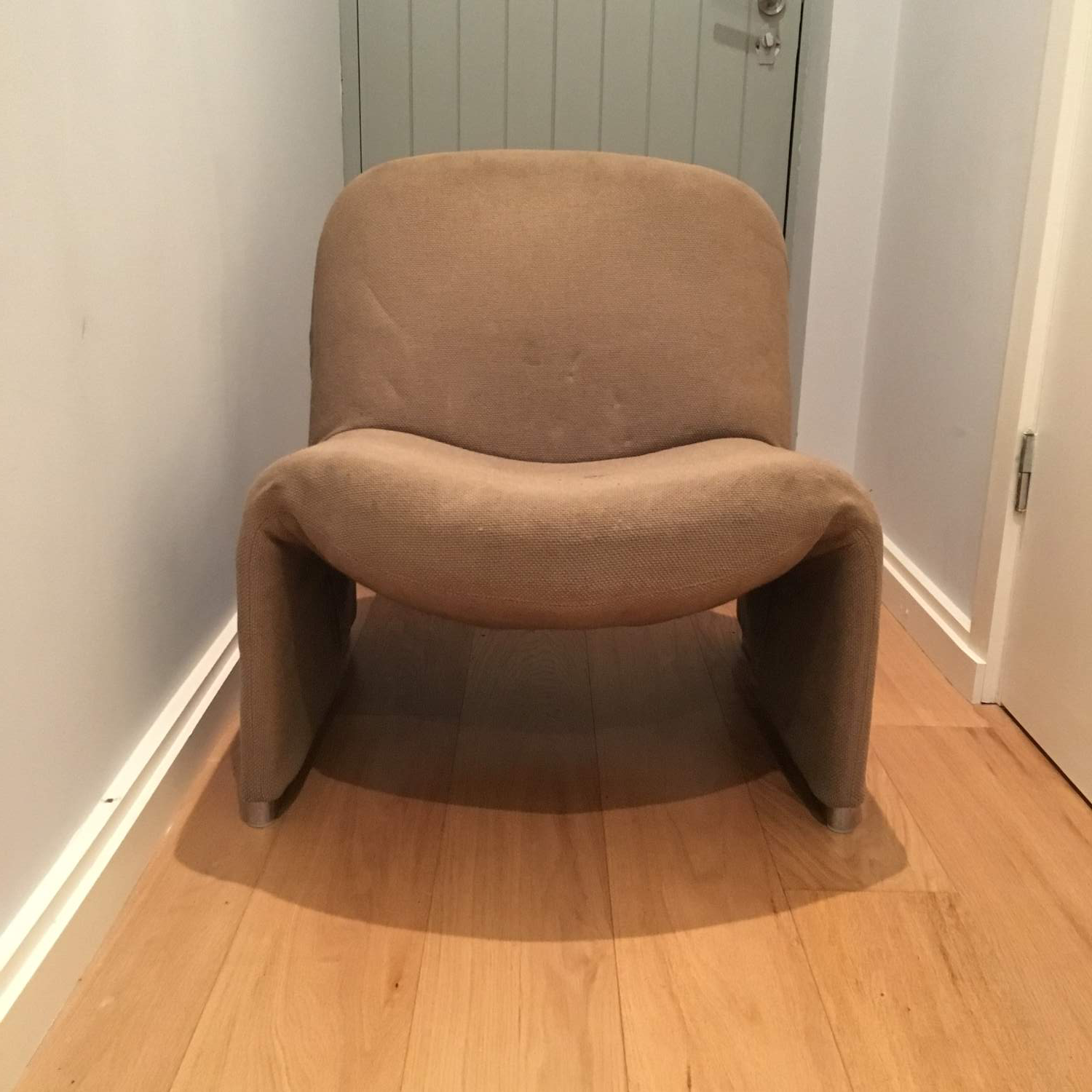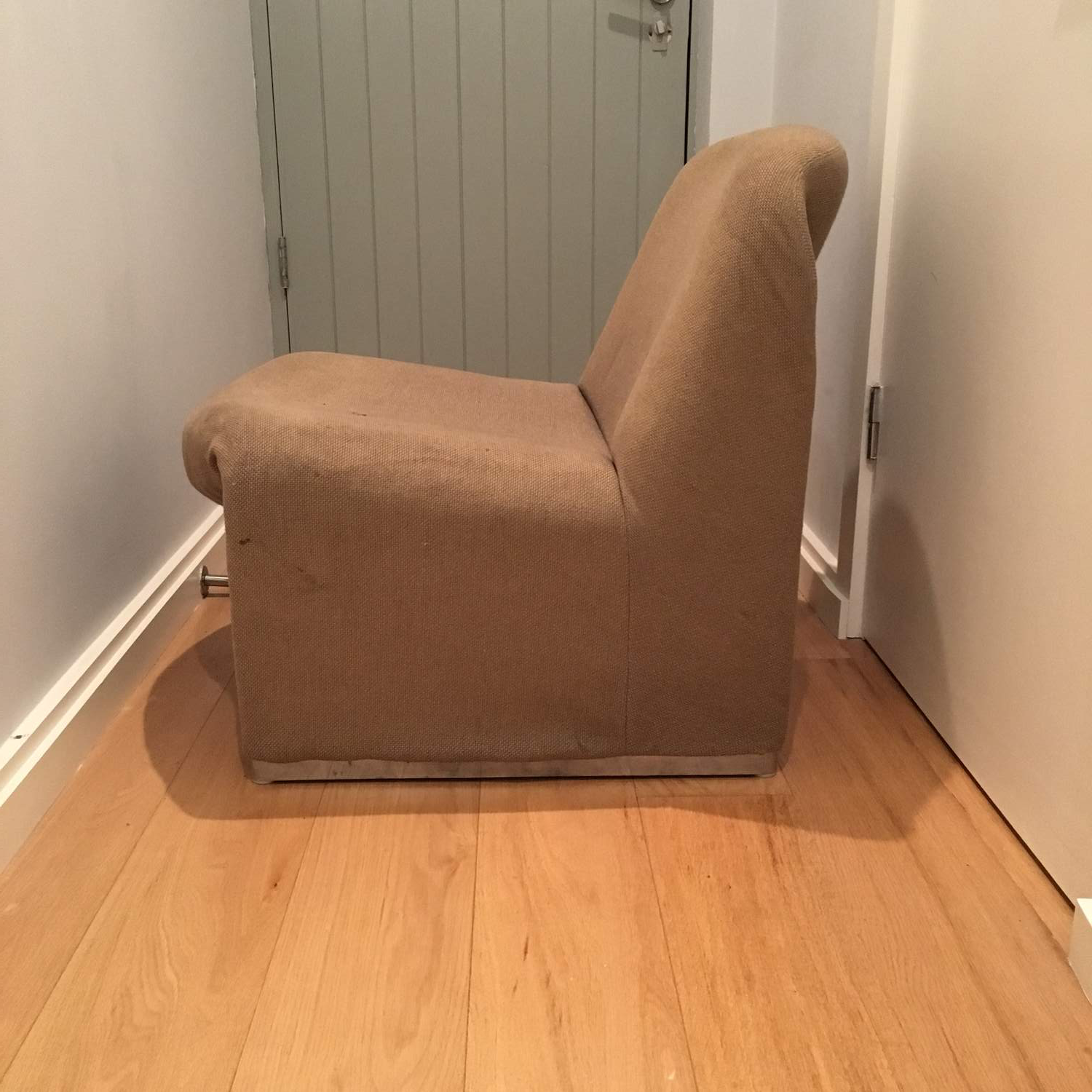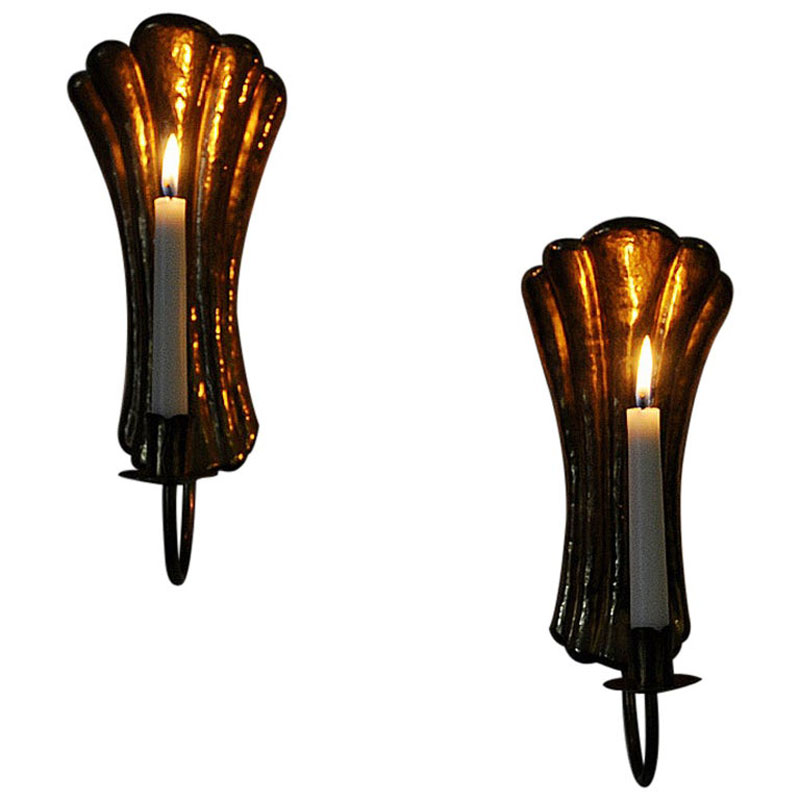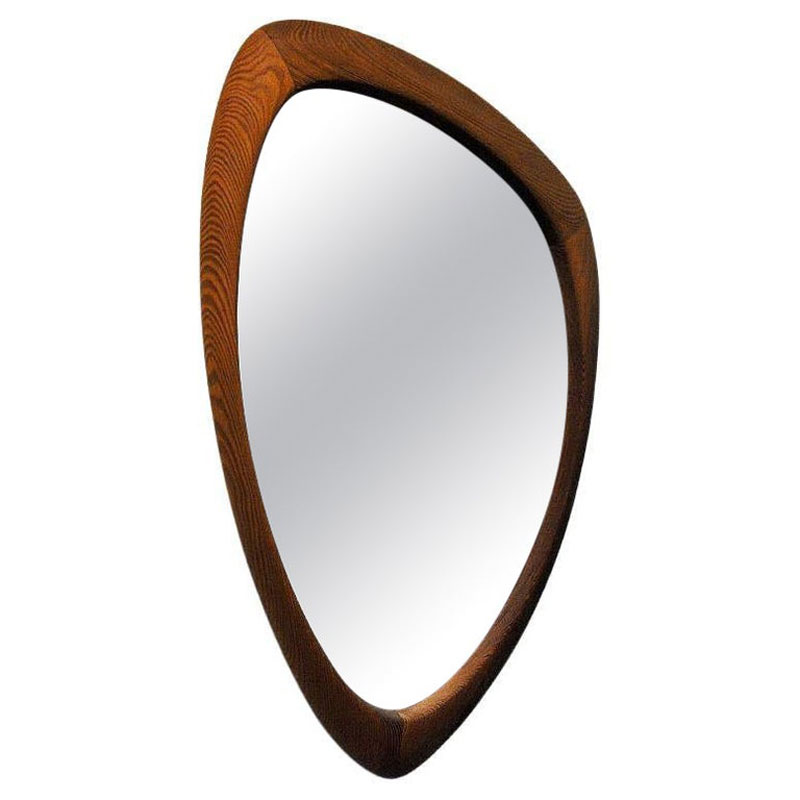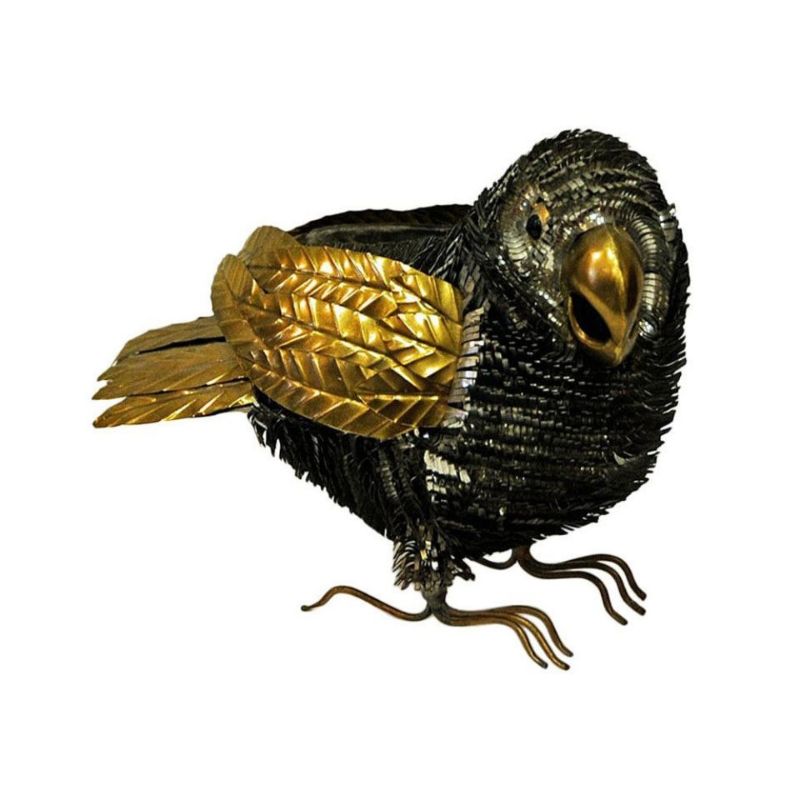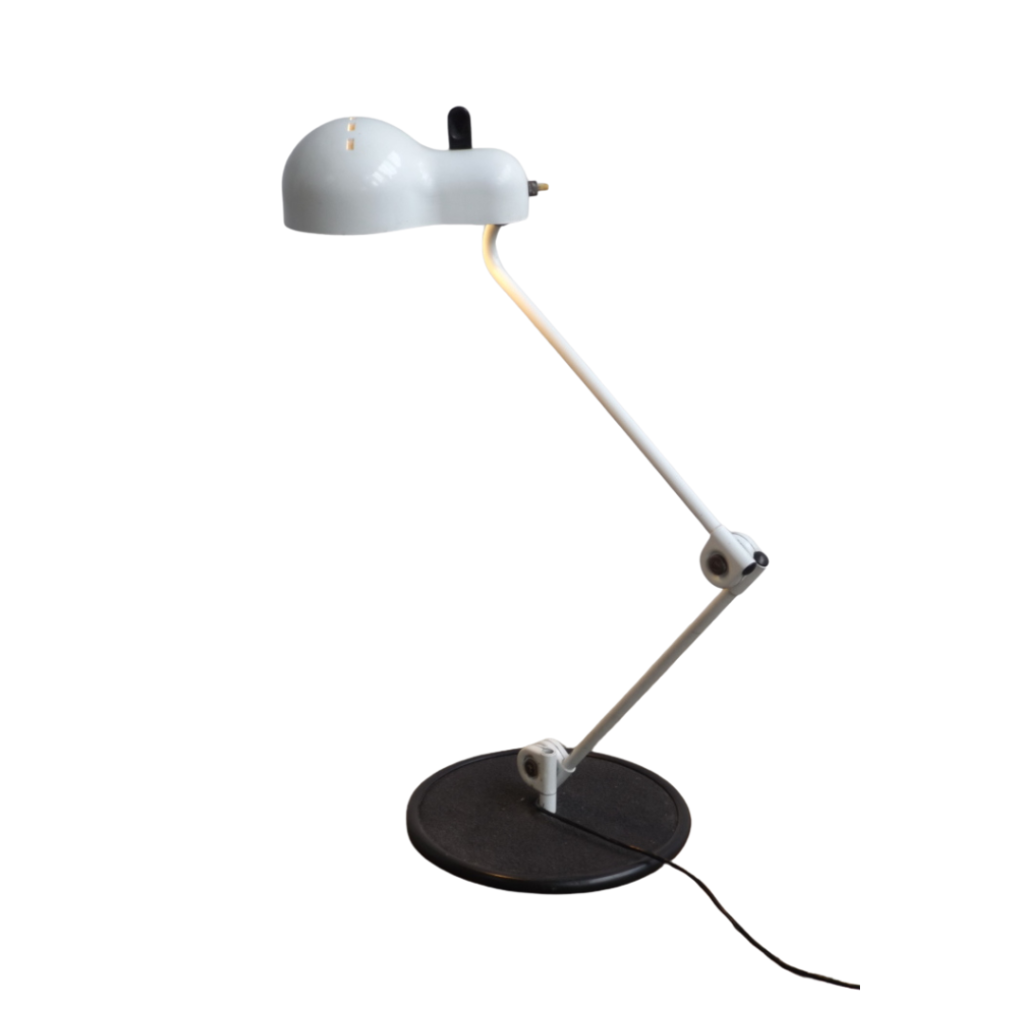leif, This is just on the surface, not in any of the joints or splits. The smoked oak I've worked with in the past (in denmark no less) is darker like walnut and the color is all the way through the wood. I'm curious if there was a teak stain option or if teak oil simply turns the piece reddish over time. Your wishbone restoration thread from a while back was really helpful in trying to identify this one. Thank you for that!
cdsilva, I think that must be right. Maybe it's one of the reasons they mention it today (because all the old chairs are known for breaking at the knots ;-). I'm glad to hear it's not unheard of. Your Wegner knowledge is enviable by the way.
spanky, Thank you for the info, I wasn't sure where to start. The caning shop in berkeley is just down the street from work and they have classes, so it's been on my mind to try it. The chord is decent, but I don't think it's original. There's a bunch of cardboard shoved between the two layers. My guess is that it was done by a previous owner to firm up the seat. I'd be surprised if it left the factory that way. The chord is tied together in at least ten different places, which seems kind of sloppy. Good tip about the soap flakes, I'll try it.
The pattern on the chair I picked up is different from the chair in the poster (that I got from Carl Hansen & Søn at a design fair in LA). The chord meets at a point in the center on mine (and others I've seen 1st dibs that claimed to be original), but most of them meet with a 'line' in the middle, like the poster. I wasn't sure if it would have been made both ways or if that's a sign that it's been redone.
Great input, thanks so much. Can't wait to get it all glued up again.

racecar, I'm going to start a new thread about paper cord weaving with quotes from your message (and my response), plus links to the first two editions of the discussion. It's been going on now for 7 years! How time flies when you're having fun!
For anyone else finding this later: http://www.designaddict.com/forum/Repair/Replacing-Cord-Danish-Side-Chai...
I wondered if the red color was from some commercial furniture polish like Old English whatever-it-is that has a tint added. It came off very easily.
Found three curious pieces of veneered plywood shapes being sold as unused artist palette for $1 like in the these images by an Etsy seller. I was not sure at first but I suspected it was the not so commonly seen optional(?) wood tops for Joe' Colombo's 1969 Boby cart included in MoMA's permanent collection.
http://www.moma.org/collection/works/2281

Minimoma it's growing on me little by little! I need to find the right space for it. I just got a gorgeous metamorphic coffee table that I think may be by Kai Kristiansen for Vildbjerg Mobelfabrik. It's lovely. I love it. It's much darker than I thought, and the grain is very beautiful, though the table top does need some work. I have yet to figure out how to open it out fully.....!
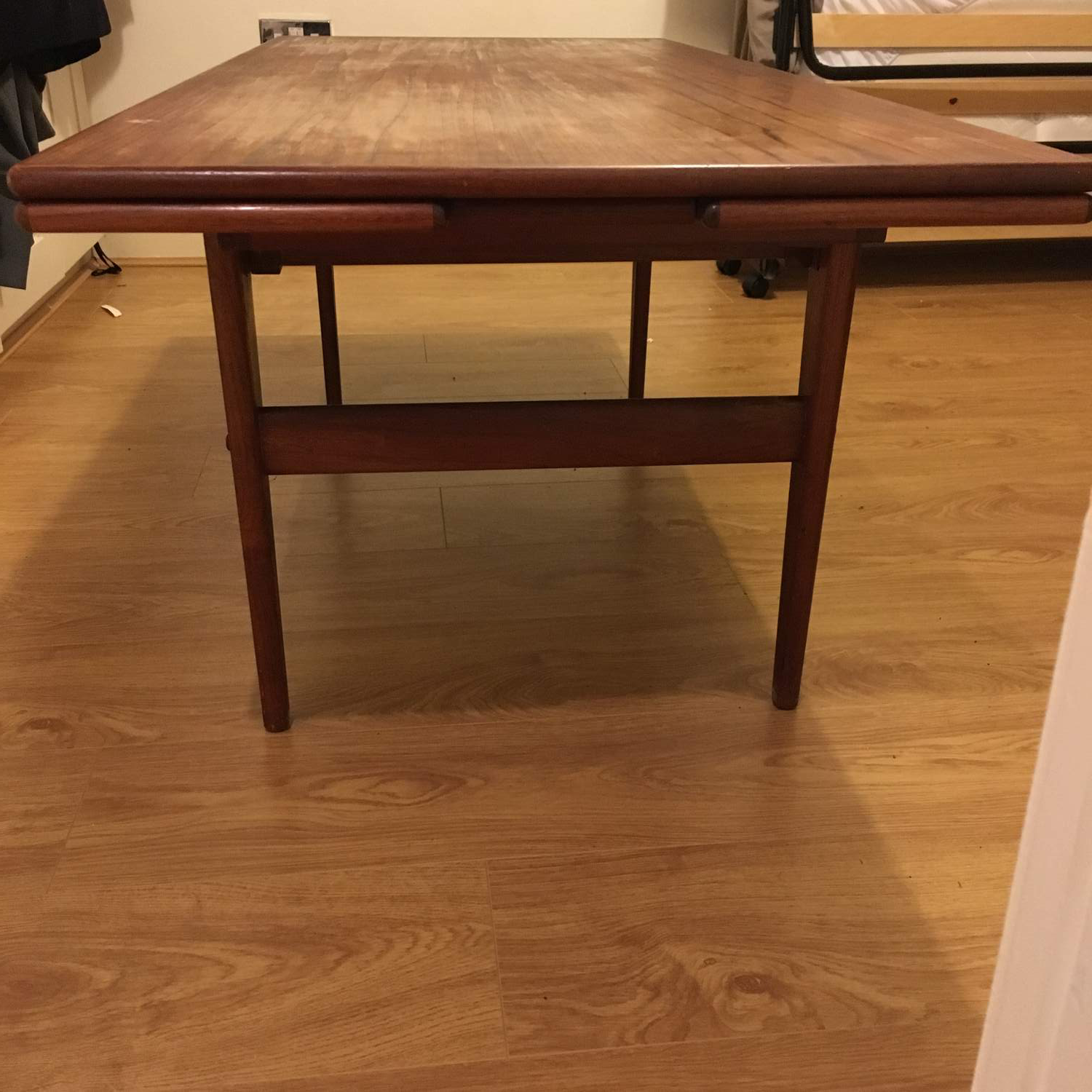

A Selig corner table, made in Denmark. I have not seen this design before, and cannot find another example online. Some odd details are:
1) While the raised lip edges resemble the other well-known Selig Danish tables (less well known that they were designed by Knud and Erik Christensen), the profiles are different on this table.
2) the legs are oval tapered rather than round tapered.
3) there are cross rails instead of side rails.
4) there is a Selig paper sticker, instead of a metal medallion. I have not seen this sticker before and cannot find a similar example online.
5) there are burn marks for "Made in Denmark" and the model "No. 44" (presumably), that are not the size or fonts of any Selig mark I've seen.
My guess is that this table is from the 70's, late in the Selig Danish series, when the style was being phased out.

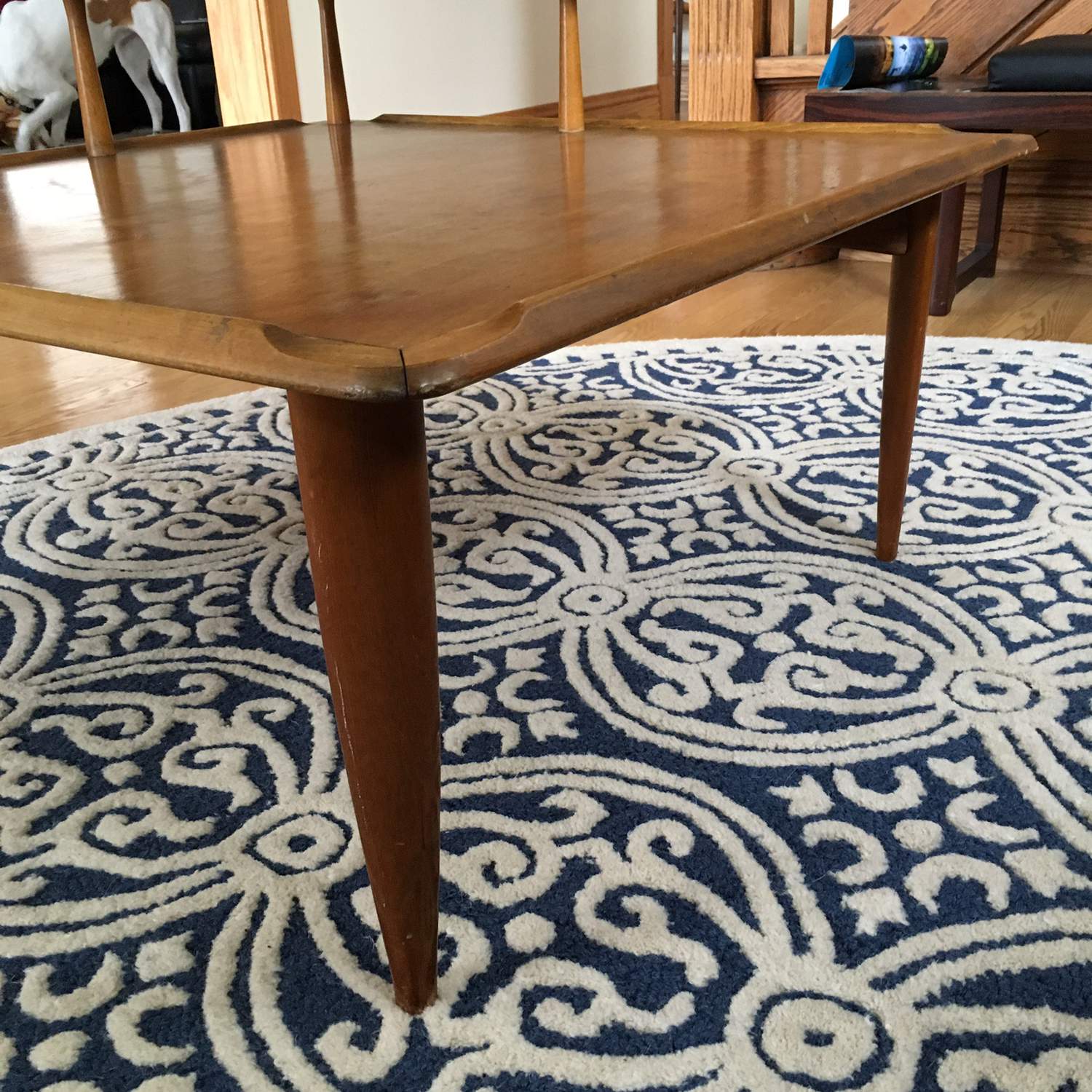
If you need any help, please contact us at – info@designaddict.com


